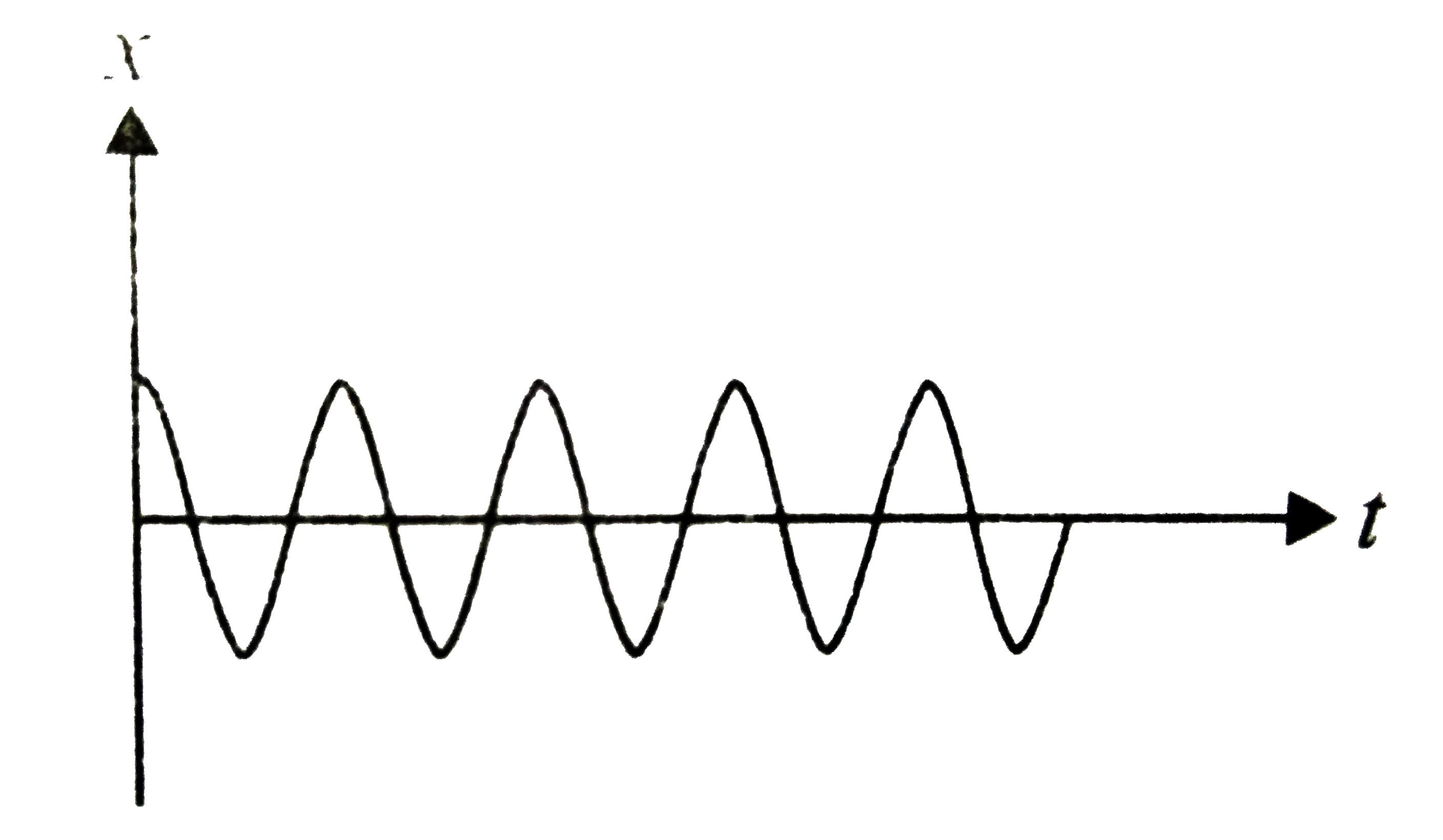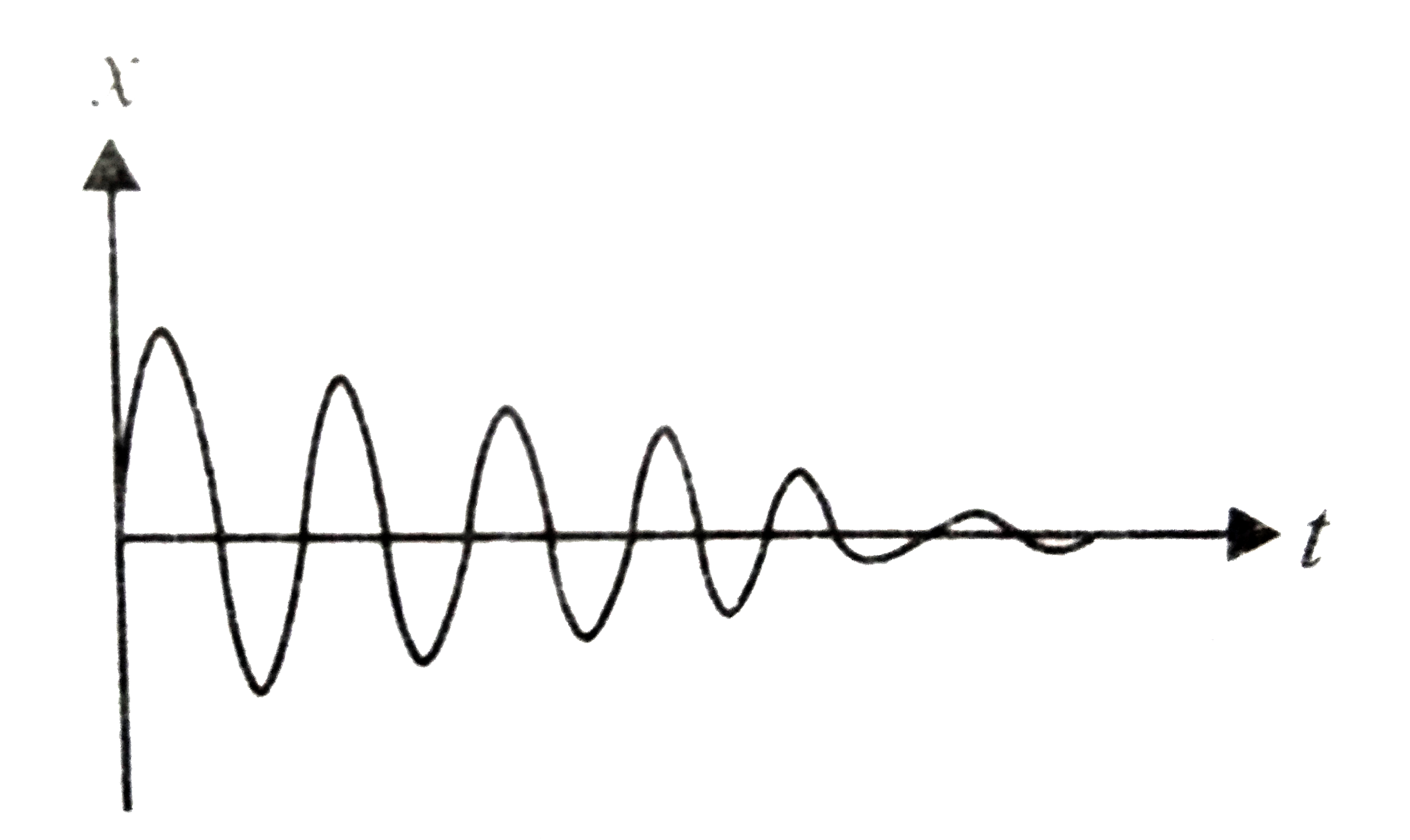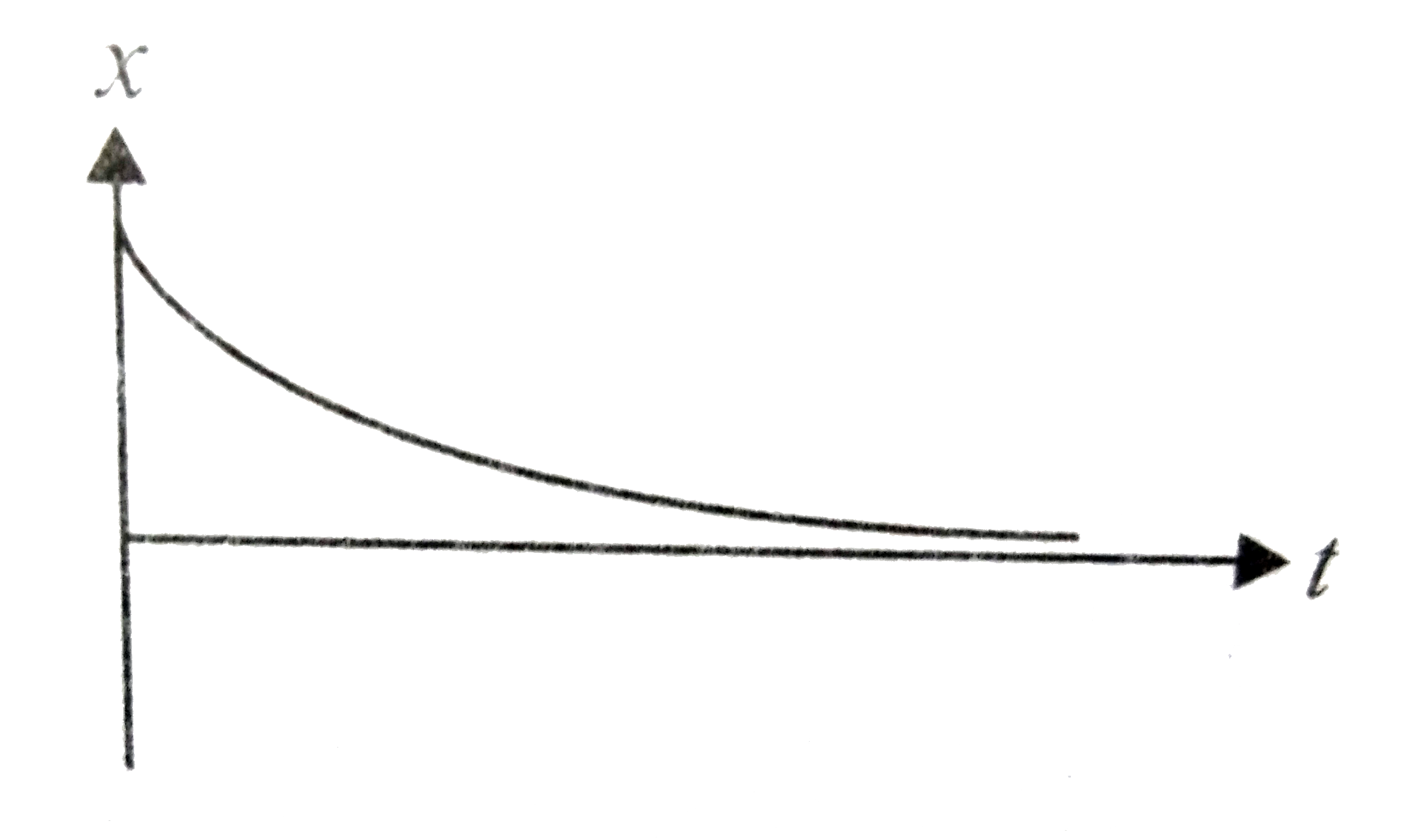Which of the following statements is/ are true for a simple harmonic oscillator ?
Force acting is directly proportional to displacement from the mean position and opposite to it.
Motion is periodic
Acceleration of the oscillator is constant
The velocity is periodic
The correct Answer is:A, B, D
To determine which statements are true for a simple harmonic oscillator (SHO), we will analyze each statement based on the principles of simple harmonic motion.
1. Understanding Simple Harmonic Motion (SHM):
- A simple harmonic oscillator is a system that oscillates about an equilibrium position. The motion is periodic, and the restoring force acting on the oscillator is proportional to the displacement from the equilibrium position and acts in the opposite direction.
2. Analyzing the Statements:
- Statement 1: "Force acting is directly proportional to displacement from the mean position and opposite to it."
- This statement is true. According to Hooke's Law, the force F acting on a mass in SHM is given by F=−kx, where k is the spring constant and x is the displacement from the equilibrium position. The negative sign indicates that the force acts in the opposite direction of the displacement.
- Statement 2: "Motion is periodic."
- This statement is also true. Simple harmonic motion is characterized by its periodic nature, meaning that the oscillator returns to its mean position after a fixed interval of time, known as the time period T.
- Statement 3: "Acceleration of the oscillator is constant."
- This statement is false. In SHM, the acceleration a is given by a=−kmx, where m is the mass of the oscillator. Since the displacement x changes as the oscillator moves, the acceleration is not constant; it varies with displacement.
- Statement 4: "Velocity is periodic."
- This statement is true. The velocity of the oscillator changes as it moves through its cycle, but it also exhibits periodic behavior, repeating its values over each cycle of motion.
3. Conclusion:
- The true statements regarding a simple harmonic oscillator are:
- Statement 1: True
- Statement 2: True
- Statement 3: False
- Statement 4: True
Thus, the correct answers are statements 1, 2, and 4.
Summary of True Statements:
- True Statements: 1, 2, and 4.
- False Statement: 3.
- A simple harmonic oscillator is a system that oscillates about an equilibrium position. The motion is periodic, and the restoring force acting on the oscillator is proportional to the displacement from the equilibrium position and acts in the opposite direction.
- Statement 1: "Force acting is directly proportional to displacement from the mean position and opposite to it."
- This statement is true. According to Hooke's Law, the force F acting on a mass in SHM is given by F=−kx, where k is the spring constant and x is the displacement from the equilibrium position. The negative sign indicates that the force acts in the opposite direction of the displacement.
- This statement is also true. Simple harmonic motion is characterized by its periodic nature, meaning that the oscillator returns to its mean position after a fixed interval of time, known as the time period T.
- This statement is false. In SHM, the acceleration a is given by a=−kmx, where m is the mass of the oscillator. Since the displacement x changes as the oscillator moves, the acceleration is not constant; it varies with displacement.
- This statement is true. The velocity of the oscillator changes as it moves through its cycle, but it also exhibits periodic behavior, repeating its values over each cycle of motion.
- The true statements regarding a simple harmonic oscillator are:
- Statement 1: True
- Statement 2: True
- Statement 3: False
- Statement 4: True
- True Statements: 1, 2, and 4.
- False Statement: 3.
Topper's Solved these Questions
- BOOK - PRADEEPCHAPTER - OSCILLATIONS AND WAVESEXERCISE - JEE mains adv..(multiple choice quection)150videos
OSCILLATIONS AND WAVES
- BOOK - PRADEEPCHAPTER - OSCILLATIONS AND WAVESEXERCISE - integer type question8videos
OSCILLATIONS AND WAVES
- BOOK - PRADEEPCHAPTER - OSCILLATIONS AND WAVESEXERCISE - Multiple Choice Question-I21videos
OSCILLATIONS AND WAVES
- BOOK - PRADEEPCHAPTER - MATHEMATICAL TOOLSEXERCISE - Fill in the blanks5videos
MATHEMATICAL TOOLS
- BOOK - PRADEEPCHAPTER - PHYSICAL WORLD AND MEASUREMENTEXERCISE - Competiton Focus Jee Medical Entrance18videos
PHYSICAL WORLD AND MEASUREMENT
Similar Questions
Knowledge Check
- Question 1 - Select One
Simple harmonic oscillations are
Aone dimensionalBthree dimensionalCtwo dimensionalDfour dimensional - Question 2 - Select One
The phase of simple harmonic oscillator is
Aexpressed in timeBexpressed in angleCexpressed in distanceDa' and 'b' - Question 3 - Select One
Which of the following displacement-time graphs represent damped harmonic oscillation?
A B
B C
C D
D
Which of the following quantities are always negative in a simple harmonic motion?
View SolutionWhich of the following statement is true for an oscillating simple pendulum?
View SolutionWhich of the following functionss represents a simple harmonic oscillation ?
View SolutionWhich of the following expressions does not represent simple harmonic motion
View SolutionWhich of the following equation does not represent a simple harmonic motion
View Solution

